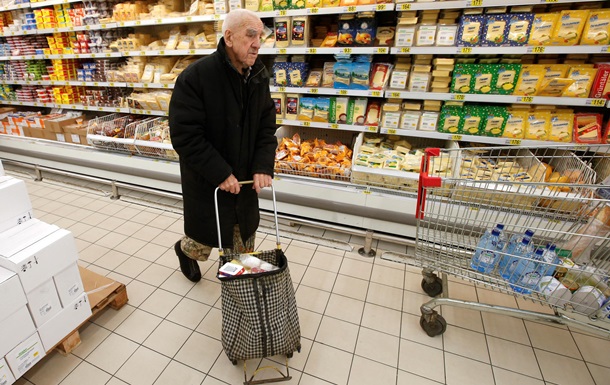However, evidence of severe financial strains abound.
The other leg of the government’s plan, privatization, may not provide the income expected, with would put more pressure on the Reserve and Welfare Funds.
Moreover, the government expects to run a budget deficit until 2020.
For the vast majority of Russians, their economic welfare will continue to decline.

